
Natasha Poletaeva
44 years, Russia
COVID and Mountains — What is the Future?
We’re all going to die? Yes. But not today and not because of coronavirus. And here is how the mountains could help to brighten the nervous reality.
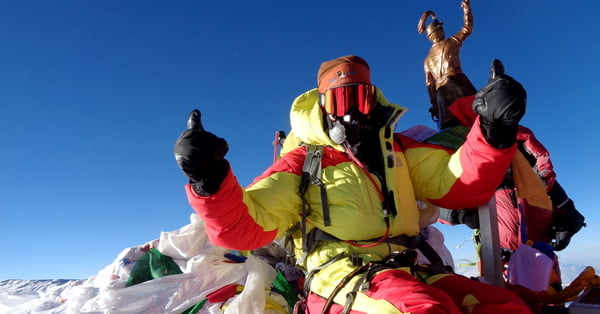
Hollywood has really impacted the way we absorb the world around us — anything we see on the Internet or on the TV, we perceive as abstract and disconnected from reality. Perhaps, this might be the sole reason the coronavirus epidemic became such a shock for many — why is it happening to me, or not to the characters from the “Walking Dead” series?
Reality is somewhat similar to Stephen King’s novel “The Stand”: each day brings something new to the table and changes our familiar and comfortable world. Borders and resorts are closing, thousands change their plans. How did it all begin?
In December 2019, in Wuhan, China, several cases of severe pneumonia have been reported. It was subsequently discovered that it had originated among visitors of the local market. On December 31st the Chinese government has declared an epidemic, the country has been quarantined since January 2020.
The rest is history. With current amount of travellers, the virus (later called COVID-19) has quickly spread all over Europe and beyond, and transfer “self-isolation”, or “lockdown” terms a reality. Schools, universities and restaurants are on quarantine, live shows and social gatherings are being canceled left and right.
It also affected the mountain activities: the spring climbing season on Mt Everest was closed first in China and later in Nepal (however, on March, 18 came the gratifying news: nonetheless China national commands will be allowed to climb Chomolungma from the Tibetan side). But a lot of European and US ski resorts stayed closed for the rest of the spring. All this begs a question: what’s next?
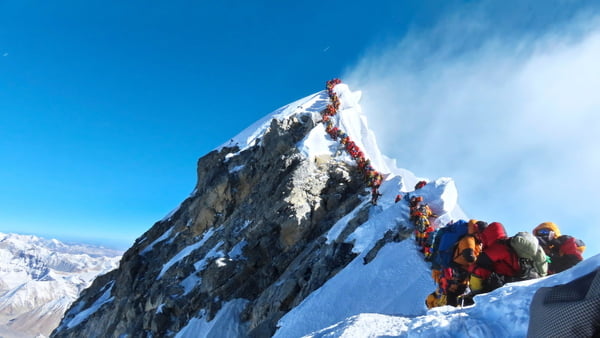
What is Coronavirus?
Mountain PLanet does not condone ignoring what is happening right now. Pneumonia is a serious disease, whether it’s caused by COVID-19 or any other cause. However, it is worth remembering that it is by no means the first threat to humanity.
A bit of history: coronaviruses were first identified as a separate category back in the 1960s. Today this disease is classified as a VRI (Viral Respiratory Infection), and it’s often called “cold” or “flu”. Every year up to 5 million people get VRI, and around 650,000 die (in most cases due to complications).
As for pneumonia, in 2017 more than 2,5 million people died from it (but it’s worth noting that the majority of those deaths occurred in the developing economies).
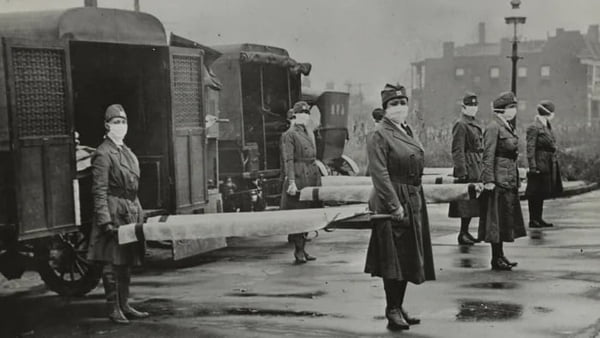 St. Louis Red Cross Motor Corps on duty during the 1918 flu epidemic. Photo: Universal History Archive
St. Louis Red Cross Motor Corps on duty during the 1918 flu epidemic. Photo: Universal History Archive
All these figures (with all due respect to the diseased and those affected by) do not go into any comparison with the number of victims of COVID-2019 — in mid-March, 2020 the number of deaths was around 7,500 people. Where does such panic come from?
Is the Internet to Blame?
We assume that all paraphernalia, among other things, is due to how fast the information spreads nowadays and how widespread are the Internet and the social networks. Given the many cases of unjustified panic, it is difficult to argue with. For example, in 2014 more than 4,000 people died from tuberculosis every day (every given day, Karl!). Similar figures with Hepatitis B.
Let us remember the previous "deadly" problems, which also failed to erase humanity from the face of the Earth.
- 2000 — Y2K (all computers were said will go crazy and civilization would cease to exist)
- 2002 — West Nile fever
- 2003 — SARS (a VRI too)
- 2005 — “Bird flu”
- 2009 — “Swine flu”
- 2012 — Mayan apocalypse (the “end of the world” according to Mayan calendar)
- 2014 — Ebola
- 2016 — Zika virus.
All of these were said to be “fatal”, but neither of them was the end of us. And now back to COVID-19. A bit of statistics: on February 10th, the day that at the time was considered to have the highest number of deaths in China, 108 people died from the coronavirus there. That same day all over the World people have died from: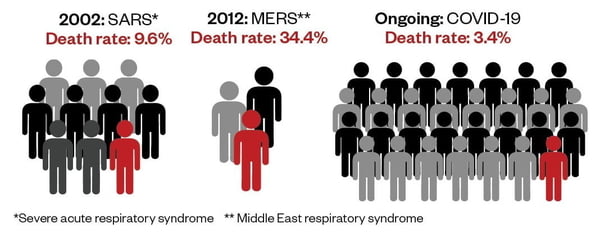
- cancer — more than 26,000 people
- heart related diseases — more than 24,000 people
- diabetes — more than 4,000 people.
That means, that pneumonia, VRI or coronavirus are not humanity main enemies. Please, remember that, when your hand occasionally may reach out to post or repost some panic information.
And What About China?
In the meantime, by mid-March the situation in China has already got a lot better. More and more patients are leaving the newly built hospitals, the government have stated that the number of people cured exceeded the number of people who got sick. A team of Chinese doctors was sent to Italy to help their colleagues.
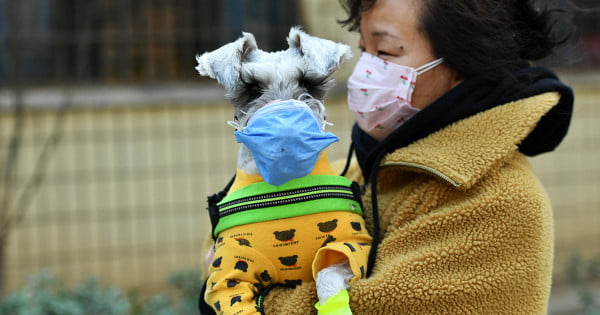
But what should those who are still in quarantine and cannot cross borders do? Wait for the situation to normalize, and think — of course — about the mountains! And here’s why.
Why do You Have to Go to the Mountains?
Statisticians (who, as you know, know everything) have long ago calculated that over any city with a population over a several million people, at an altitude of 500 m 1 cubic meter of air contains about 3 thousand germs. At an altitude of 1,000 m their number drops to 1,700 and at 2,000 m there are only 700-800 germs per ㎥. Isn’t that a reason to climb higher?
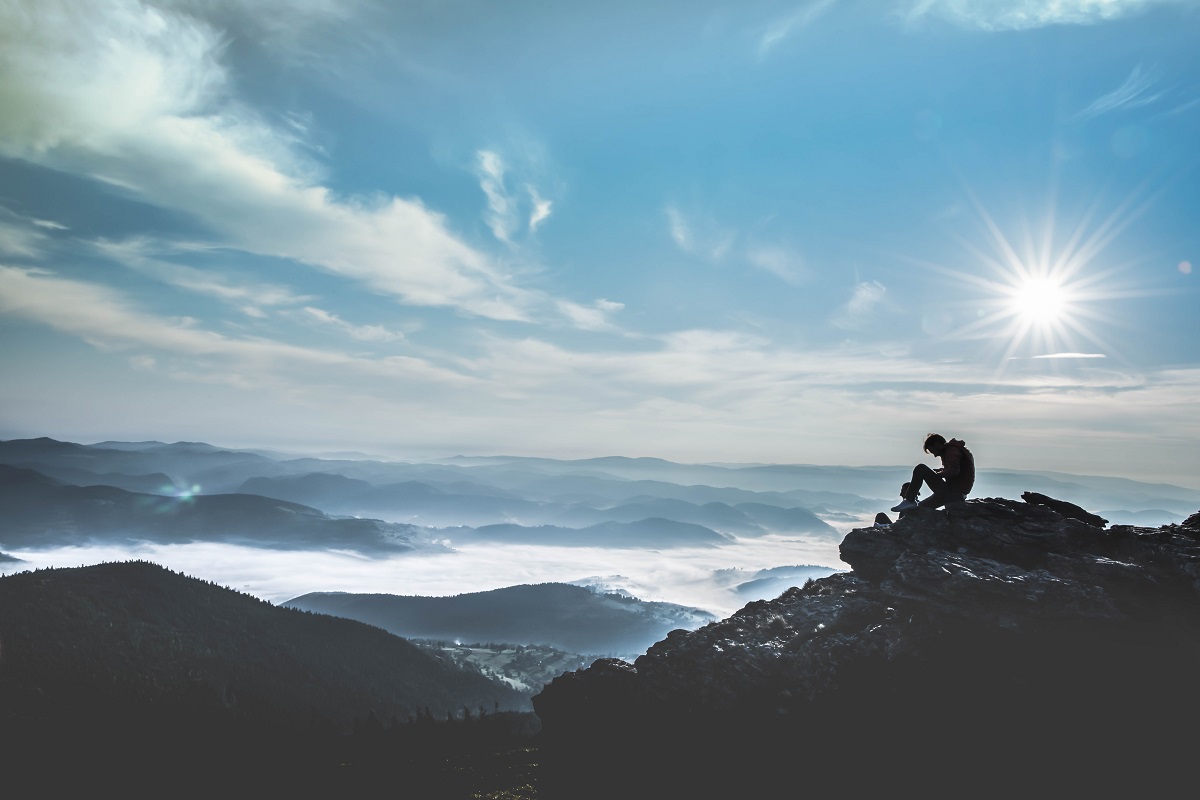 Photo: Larisa Birta for Unsplash
Photo: Larisa Birta for Unsplash
Secondly, solar radiation, which increases with each meter of altitude, also has a negative impact on microorganisms (including viruses). Ultraviolet rays have the ability to penetrate into cells and interact with their structure, depriving microbes and bacteria of the chance to reproduce.
Thirdly, there is every reason to believe that by May, 2020, an epidemic of flu will come to naught on its own: at temperatures between +20° and +22°C, the virus dies within 4 hours (which is why all epidemics generally occur during the cold season).
Fourthly, there are not so many people in the mountains (in any case, less than in public transport or a typical supermarket).
Fifth, as soon as the quarantine will be cancelled, prices for tours and services in relation to the previous industry situation may be reduced, and the number of tourists in the mountains will be much lower. That is, you will have a chance to see, for example, Machu Picchu almost without visitors — a dream soon to become a reality (for example, between January and July of Y2019, nearly 610,000 people tread on Machu Picchu).
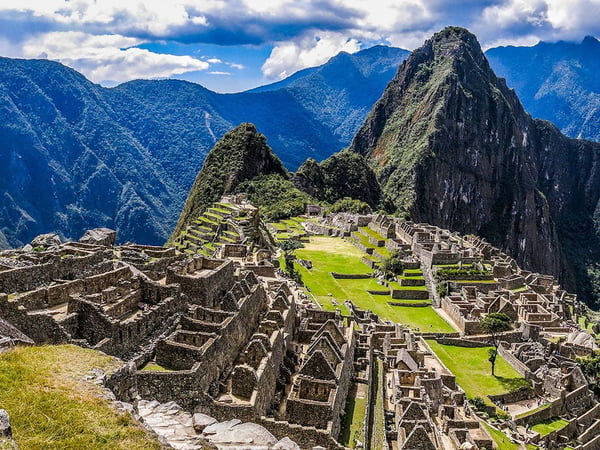
But if you're still afraid to leave the country and are not ready for large-scale travel, there are mountains everywhere, and you can find a Mountain Planet guide who will be happy to show you places worth spending a few (or more) days.
We would like to remind you once again, that if for any reason you have decided to cancel the trip and want a refund for the already paid tour — Mountain Planet will always come to the rescue and will provide any necessary assistance.
Stay safe, wash your hands and come to the mountains!






